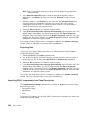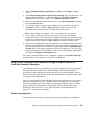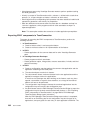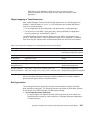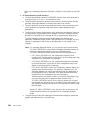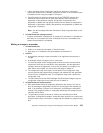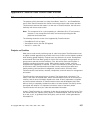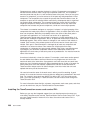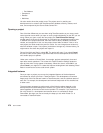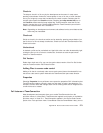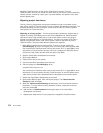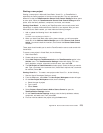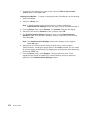
Appendix G. Source Code Control User’s Guide
Differences between other source code control providers and TeamConnection
The purpose of this document is to help Visual Basic, Visual C++, and PowerBuilder
users, make TeamConnection their Visual environments source code control provider.
This document assumes the reader is a new user of TeamConnection, but has some
familiarity with source code control.
Note: This component is for a client operating in a Windows 95 or NT environment.
However, it may accept files from other environments providing the Win
platforms can access them.
The following shows the version level supported by TeamConnection:
v PowerBuilder 5.0.04 or higher
v Visual Basic version 5.0 with SP2 applied
v Visual C++ version 5.0
Projects vs Families
Most source code control providers group all code into projects. TeamConnection uses
an object oriented approach that provides much more control over the software product
while allowing greater flexibility. Projects have one dimension of control. Development
environments like Visual Basic group all of their files into projects. Using projects to
group source code has several limitations. First, the source code control system is
limited to providing just version control. While version control is useful, once the
enterprise-size organization is reached, it is often not sufficient to control just versions
of the source code. TeamConnection provides not only versioning but defect and
feature tracking, build and driver management, access control, and much more.
TeamConnection uses families, releases, components, and work areas for management
and control.
TeamConnection uses several layers of control. The highest level is the family. The
family is the name of the data base, where TeamConnection stores all of the code, the
versions, and all other information related to the code. A family represents a complete
and self-contained collection of TeamConnection users and development data. Data
within a family is completely isolated from data in all other families. One family cannot
share data with another. It is important to know the name of the family where
TeamConnection will store your code and associated information.
A part in TeamConnection is a collection of data that is stored by the family server. This
can include files, text, objects, binary objects, or modeled objects. Parts can be stored
by a user, a tool, or generated from other parts, such as when a linker generates an
executable file.
© Copyright IBM Corp. 1992, 1995, 1996, 1997, 1998 267




